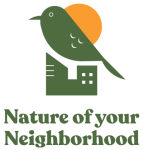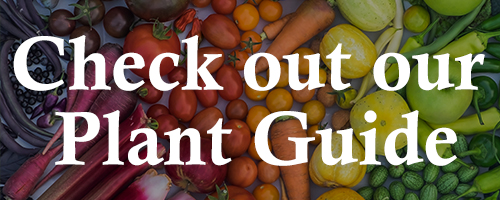Protecting the trees and other vegetation that what we currently have is perhaps the most important way to ensure biodiversity in cities.
Established habitat areas—including big, mature trees; open space; and landscaping around buildings—provide important resources to wildlife right now. When we lose established habitat, it can take a long time, sometimes decades, to replace. In the meantime, the capacity of the city to support wildlife is diminished.
If our goal is to enhance habitat, we must protect what we currently have from loss, properly maintain it so the habitats are healthy, and continue to grow and manage the plants and habitats—with climate change in mind—so they can be more resilient in an uncertain future.
Protecting vegetation
Celebrate the wildlife-supporting plants and other habitat features we already have. Protect them from loss and damage. Trees are especially important urban habitat, yet they are often removed. Where we have trees, especially big, mature trees and native conifers, they are treasures. Consider nominating them through the city’s Heritage Tree Program.
If you have plantings in the right-of-way or in other areas where plants are at risk of being trampled, consider protecting your plants in a raised bed or with a small fence (figure 13).

Protecting vegetation along 11th Avenue E with a cute little fence. Image credit: Street View / Google Maps
Maintaining vegetation
- Take good care of existing vegetation.
- Learn how to carefully trim and prune trees and how to build quality soil for your gardens or plantings.
- Make sure your plants are getting the water they need.
- Familiarize yourself with your trees and other plantings, and inspect them on a yearly basis for disease, insect infestations, or other problems.
Be sure to consider wildlife when maintaining your plants
Some birds begin nest building well before springtime and may still be fledging sensitive young birds into August in the Seattle area. To protect birds during critical breeding periods, it may be best to avoid pruning or removing vegetation between February 1 and August 31. Many bird species also nest on the ground. Pay close attention to your habitat patch and observe the birds using it. They may be nesting and might appreciate some privacy—or at least not being raked over.

Anna’s hummingbirds build tiny cup-shaped nests in shrubs and trees at about eye level. Nesting can begin as early as mid-January in Seattle. Take care to not disturb them and other nesting birds by avoiding pruning, vegetation removal, and other disturbances to your habitat between February 1 and August 31.
Some of our beneficial insects are also ground nesters, like the yellow-faced bumblebee and miner bees. These are docile friends of your garden, important for pollination and for the biodiversity of our city. Their burrows can be sensitive to flooding and cave-ins. If you’re fortunate to host some of these native bees, you can help by directing water carefully to the plants that need it, and by gently navigating your garden to avoid crushing burrows while walking or weeding.
Managing vegetation for resilience
Climate is changing in Seattle, and so must the way we care for our urban habitats. We will continue to experience more frequent high-heat days and summer droughts. Rain will fall in shorter, more intense events, contributing to flooding and erosion. Milder winters may allow new insect pests and pathogens to harm trees.
Managing for resilience means adjusting plant care to help plants adapt and survive under changing conditions
We can do this by removing sources of stress and providing additional resources when needed. Trees and other vegetation may need additional watering during summer months given our longer, hotter summers. Perhaps young plants could use some shade from the sun during hot months. Ivies can smother vegetation, promote rot around trees, and harbor pests. Ivy should be removed from trees and landscapes.
You may even choose plants for your habitat patch that are able to tolerate heat and drought conditions, like ceanothus or arctostaphylos.
A rain garden can help reduce flooding risks during heavy rain.



